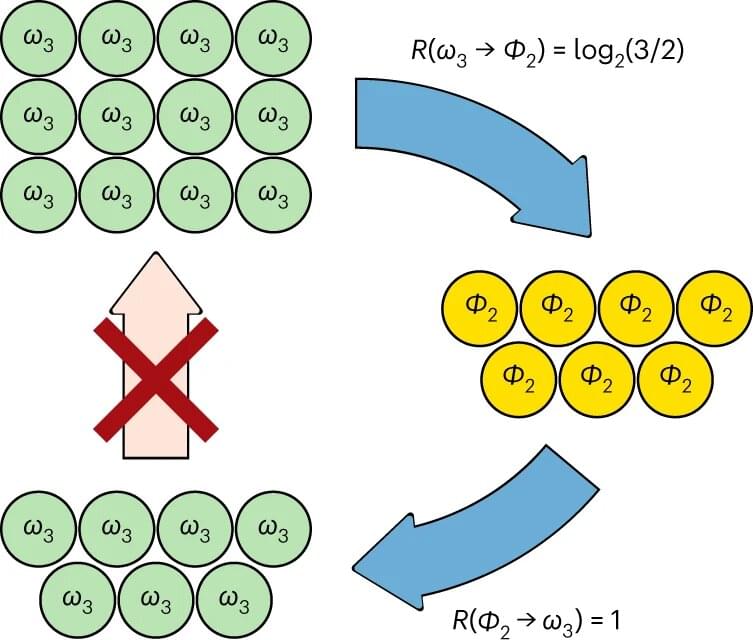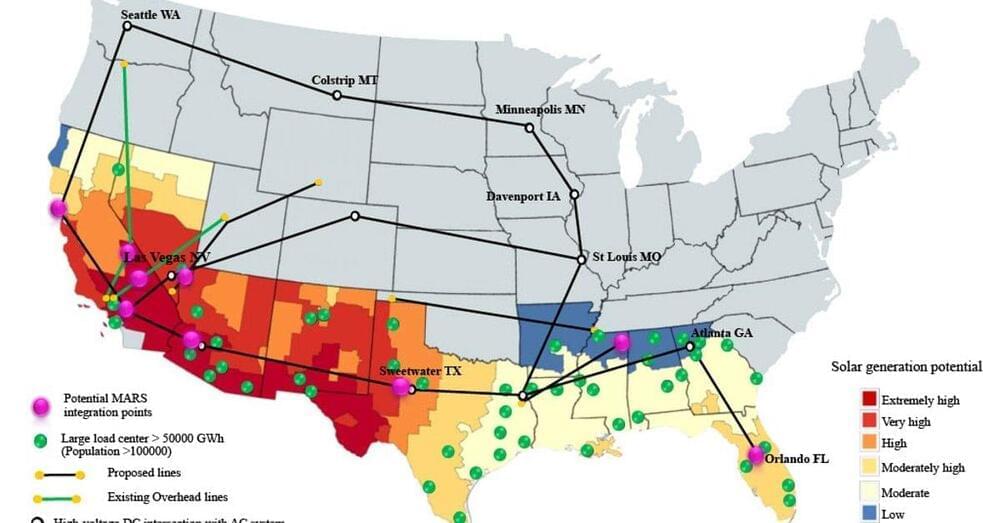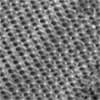Jan 28, 2023
Air Waveguide from “Donut” Laser Beams
Posted by Saúl Morales Rodriguéz in category: energy
A waveguide sculpted in air with lasers transmits light over a distance of nearly 50 meters, which is 60 times farther than previous air-waveguide schemes.
Conventional optical waveguides such as optical fibers and planar waveguides consist of a core surrounded by a cladding with a lower index of refraction. Light is efficiently confined in the core by total internal reflection at the core-cladding boundary. Optical fibers can transport light over 100s of kilometers, but there are applications—such as high-power transmission and atmospheric monitoring—where the use of fibers becomes impractical. Sending light directly through air is not an option, as diffraction effects cause the beam to spread out. A potential solution is to “sculpt” waveguides in the air with laser pulses that produce a low-density cladding around a central core of unperturbed air. Using a new method with donut-shaped beams, Andrew Goffin from the University of Maryland, College Park, and colleagues have created a 45-m-long waveguide in air [1], reaching 60 times farther than the record they previously established for an air waveguide.

















